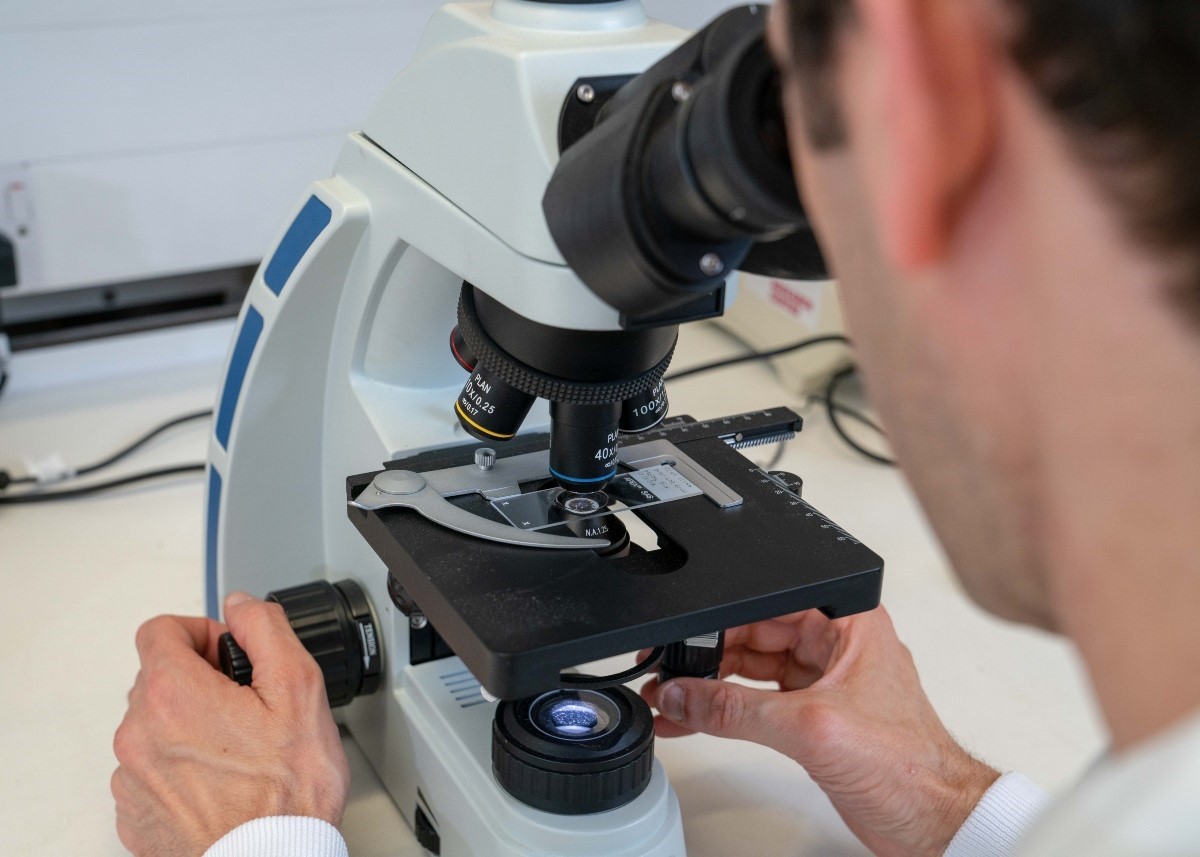A group of researchers across the UK, US and the Netherlands have new findings which may help some women avoid unnecessary treatment for DCIS.
A group of researchers across the UK, US and the Netherlands have found that almost one in five post-DCIS breast cancers are not genetically related to the original DCIS. This might help avoid unnecessary treatment for some women with DCIS in the future.

Avoiding unnecessary treatment for DCIS
Researchers, building upon previous work funded by Breast Cancer Now, have furthered our understanding of the biology of ductal carcinoma in situ (DCIS), an early form of breast cancer.
They discovered that one in five breast cancers that develop after DCIS is treated are not genetically related to the original cancer. This information helps provide a better understanding of how the disease progresses and, in the future, could help some women avoid unnecessary treatment.
DCIS is an early form of breast cancer, when cancer cells have developed within the ducts of the breast and remain within the ducts. In some cases, DCIS will never develop further or grows so slowly that it would never cause harm during a person’s lifetime. In other cases, it will progress to become invasive breast cancer.
Treatment is recommended in most cases to prevent invasive breast cancer. This means that some people diagnosed with DCIS are unnecessarily treated with a combination of surgery, radiotherapy and hormone therapy which provides little benefit but comes with difficult side effects.
Research findings
Investigating the link between DCIS and post-DCIS tumours, The Cancer Grand Challenges PRECISION team, which includes researchers from the US, UK and the Netherlands, wanted to understand whether invasive breast cancers are connected to the original DCIS. They collected 95 pairs of samples from women who had DCIS, were treated and later developed invasive breast cancer in the same breast.
The researchers then compared genetic changes between the samples from the DCIS and invasive tumours. The results revealed that 75% of samples were related, suggesting that the invasive breast cancer developed from the DCIS. However, they also found that 18% were unrelated, suggesting they developed separately from the original DCIS. The researchers were not able to confirm the relationship in the remaining 7% of the samples.
Professor Elinor Sawyer, who is joint senior author and Consultant Clinical Oncologist at King’s College London said: ‘Our study indicates we can no longer consider DCIS solely as a precursor but rather also a risk factor for the development of invasive breast cancer later on in life. This important new information about DCIS biology and behaviour could change the way we manage and treat the condition in clinics in the near future.’
The future of DCIS treatment
These results indicate that around one in five cases of invasive breast cancers are not recurrences of DCIS, but new breast cancers. This means that we need to understand what the most suitable treatment for these women as they would not have benefitted from their DCIS treatment.
In the future, further work could build upon it to discover risk factors linked to DCIS returning or signaling a higher risk of invasive breast cancer.
Dr Kotryna Temcinaite, Senior Research Communications Manager, added: ‘This information helps us provide a better understanding of how DCIS works and could help inform decision making so that women avoid unnecessary treatments. We welcome future studies that will build upon this research to find new ways in which we can identify women who would benefit from having their DCIS treated and those who wouldn't.’
The study was published in the journal Nature Genetics and funded by Cancer Research UK and the Dutch Cancer Society.
To learn more about research funded by Breast Cancer Now, visit the research section of our website.